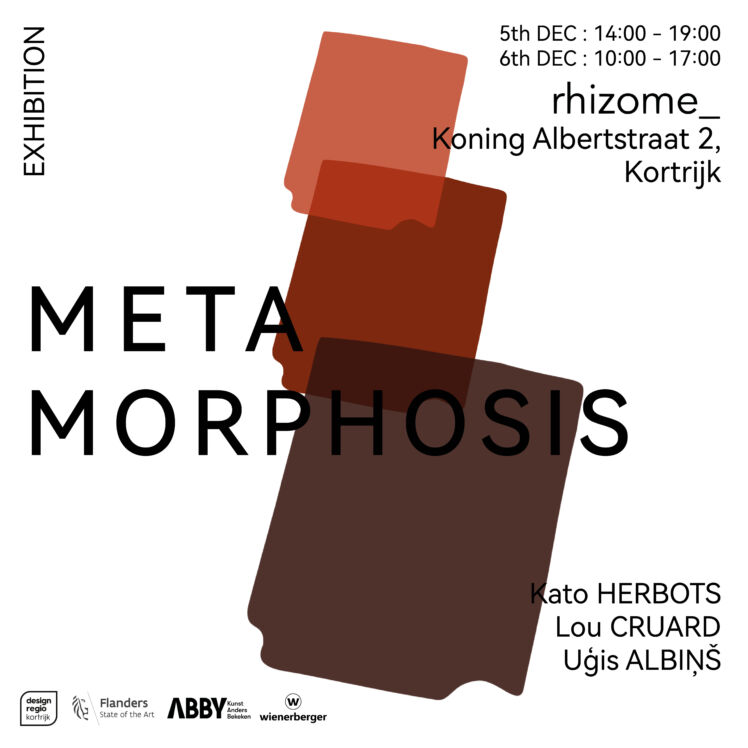
Street Design Challenge 2023
Street Design Challenge is a two day competition for university students from the UCCN to share their vision on how public space design can improve quality of life in our communities.
This has been organised by Wuhan City of Design, Curitiba City of Design and Queretaro City of Design.
Together with 16 universities, Howest Kortrijk participated in this fun challenge.
The Street Design Challenge, which kicked off on October 29, 2023, addressed the growing concern over urban heat islands and their impact on city dwellers. This edition's theme, "Tactical Urbanism to Reduce Heat Islands in Cities", aims to inspire innovative solutions that mitigate the heat island effect, making cities more resilient to climate change while improving the overall quality of life for residents.
During the challenge, interdisciplinary groups of university students, mentored by their professors, collaborated to develop a proposal to mitigate heat islands on a street in a foreign city. Participating teams considered a variety of factors, including local climate, geography, socioeconomic context and cultural background, to create a comprehensive and effective tactical urbanism intervention.
Each team was paired with a street in another participating city and received an in-depth briefing from a local expert. This meeting outlined the current situation, challenges and priorities to be addressed by the proposal. Once the challenge began, the teams had 48 hours to submit their projects.

Howest Kortrijk had the opportunity to work on the city of Curitiba in Brazil. Curitiba is the capital of the state of Parana in the south of brazil. Relatively close to the ocean, high up and surrounded by jungle in a subtropical highland climate: This means there are cold, drier winters and hot wet summers. This climate makes it one of the coldest cities in Brazil, yet very humid.
Curitiba in particular has the issue of humidity, which functions as a greenhouse gas, further trapping the heat in the city. Which makes curitiba’s heat islands most noticable at night. Team Howest wanted to focus on cooling this hot air. This would have a positive impact on sleep, mental health and general wellbeing.
Their solution tries to incorporate a shading and even reflective aspect, to keep solar radiation from heating up materials. Cooling the air directly is hard, especially using plants, because the air is already saturated with water. Therefore they would let the air lose moisture by letting it condense against cool metals. Existing winds in the area aren’t usually very strong, they tried to use them as effectively as possible. Team Howest was inspired in it's design by the busy street and city life as well as the architecture and history of the city. Their design functions as a bridge between the two natural and cultural hubs at both ends of the street.
Team Kortrijk Howest:
Léa Schmitt
Vincent Vandeweghe
Cedric Anne
Luca Missiaen
David Griffioen
Yani Vandenbranden
We're looking forward to the next edition. More news soon!













